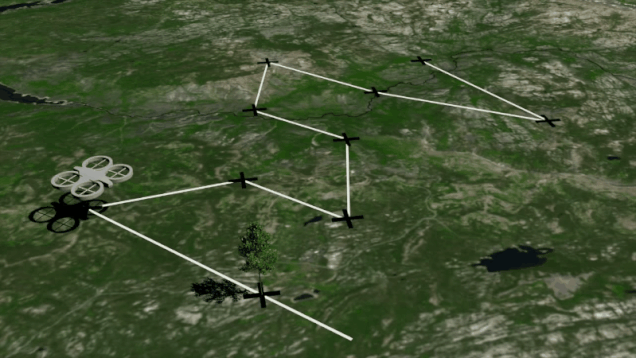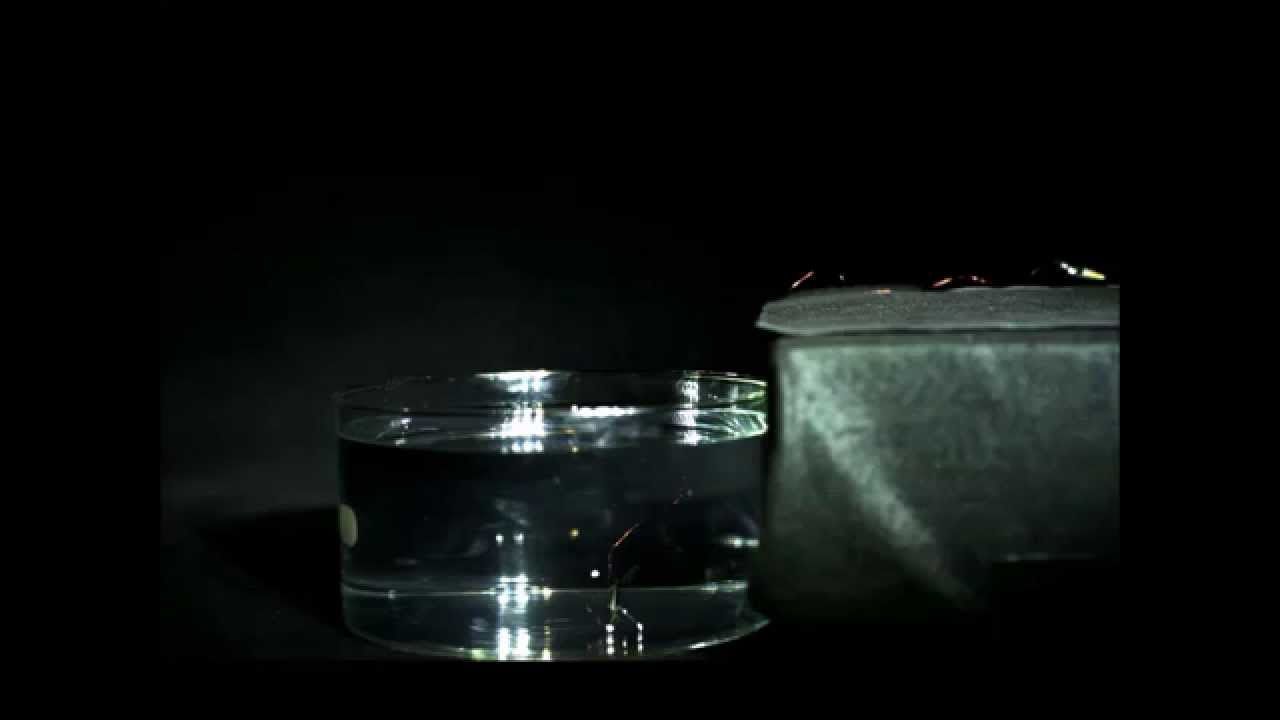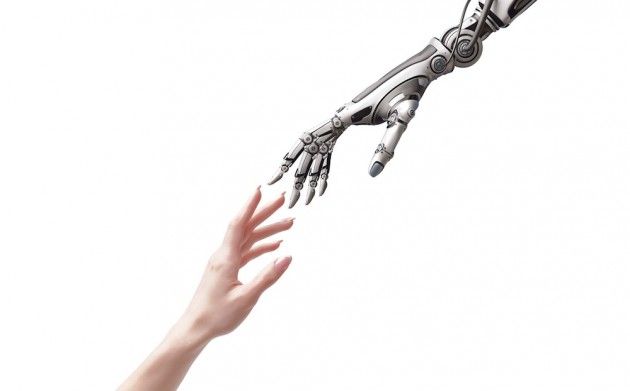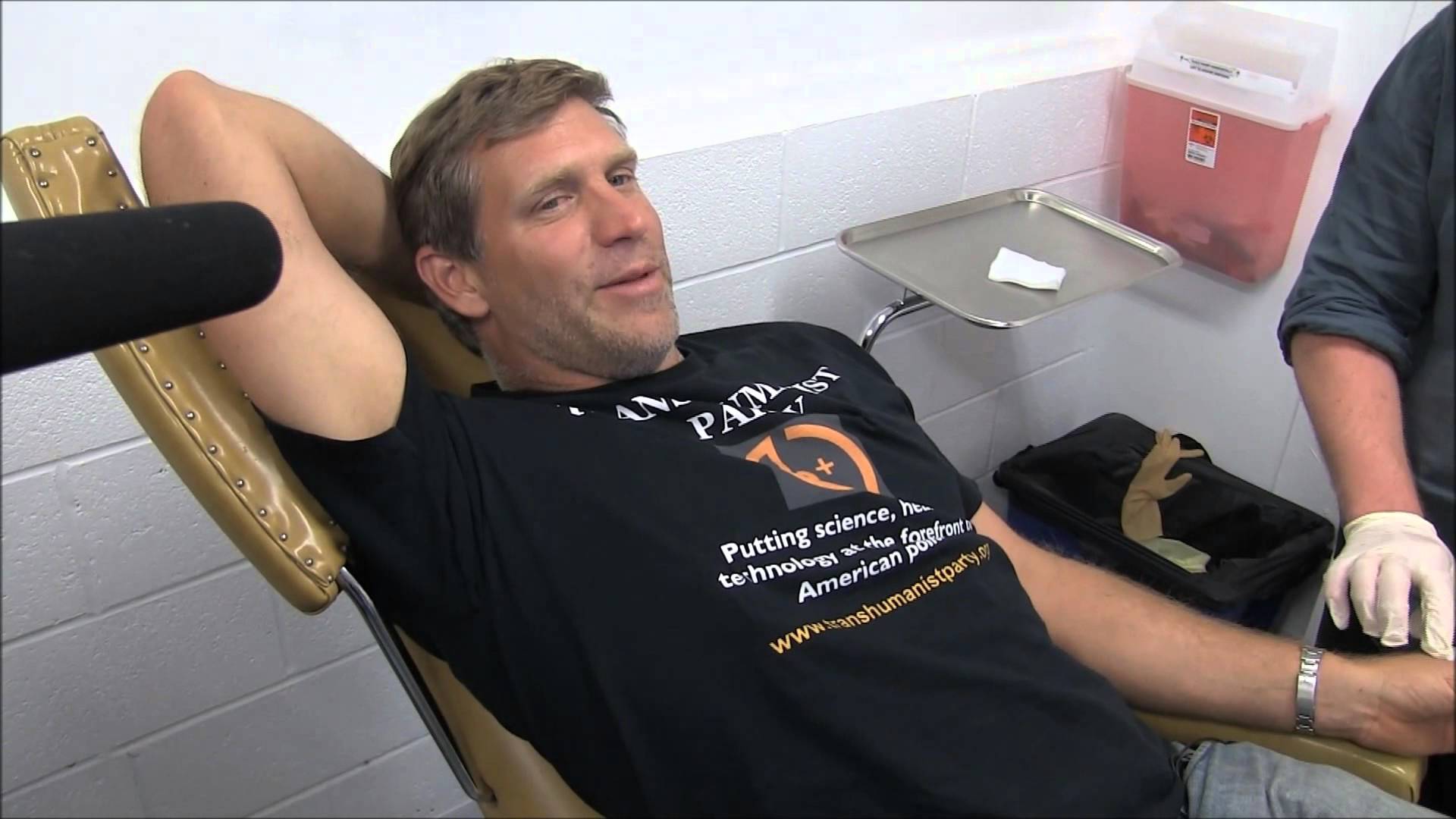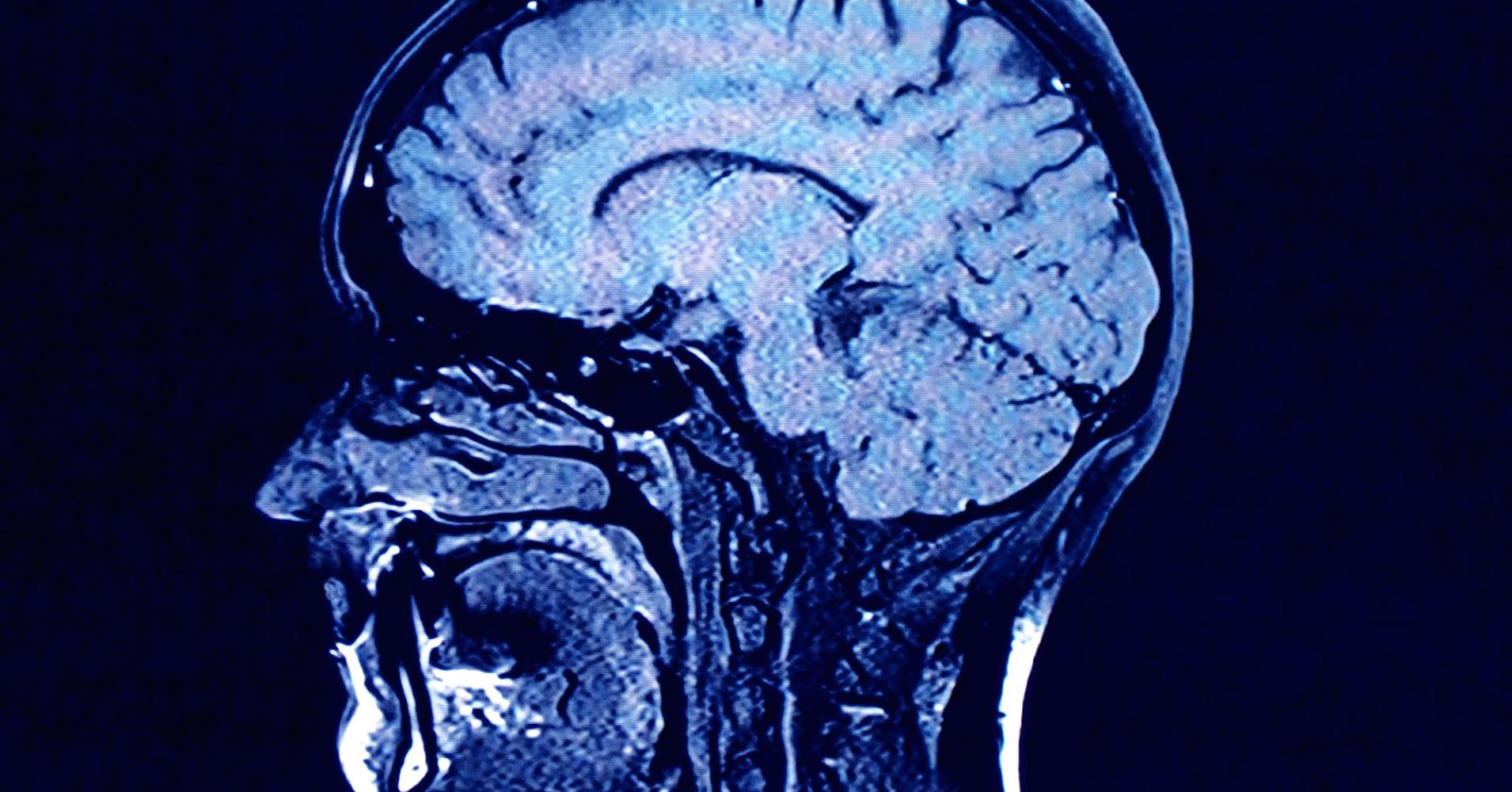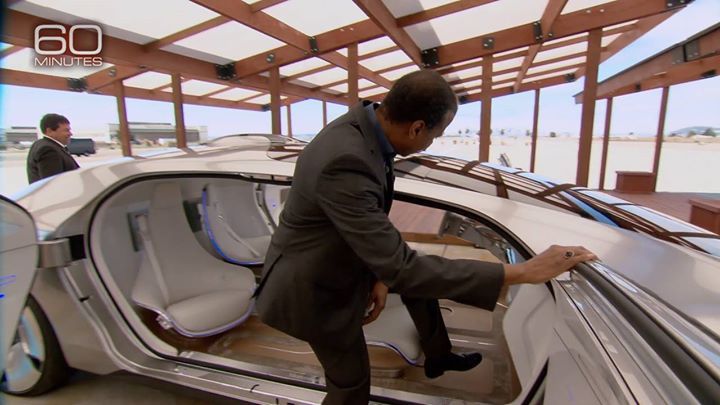The future of Eco conservation?
Deforestation downs 10 billion trees around the globe annually. Replanting trees by hand is slow, expensive, and barely puts a dent in reversing the damage. But one startup wants to use drones that can reforest our increasingly tree-strapped Earth, on a big enough scale to replace slow and expensive hired humans.
The small company, called BioCarbon Engineering, says unmanned aerial vehicles are a great way of covering ravaged woodlands with seedlings that can repopulate the area’s tree population. Around the world, forests and jungles are still being leveled due to lumber overproduction, strip surface mining, urban expansion, and land use for agriculture.
But UK-based BioCarbon, founded by former NASA engineer Lauren Fletcher, has a plan: Use fixed-wing drones to map the topography of the land, as well as the nutrients and biodiversity. That info is put into a machine-learning algorithm to generate a “precision planting platform,” says Susan Graham, head of engineering at BioCarbon.
